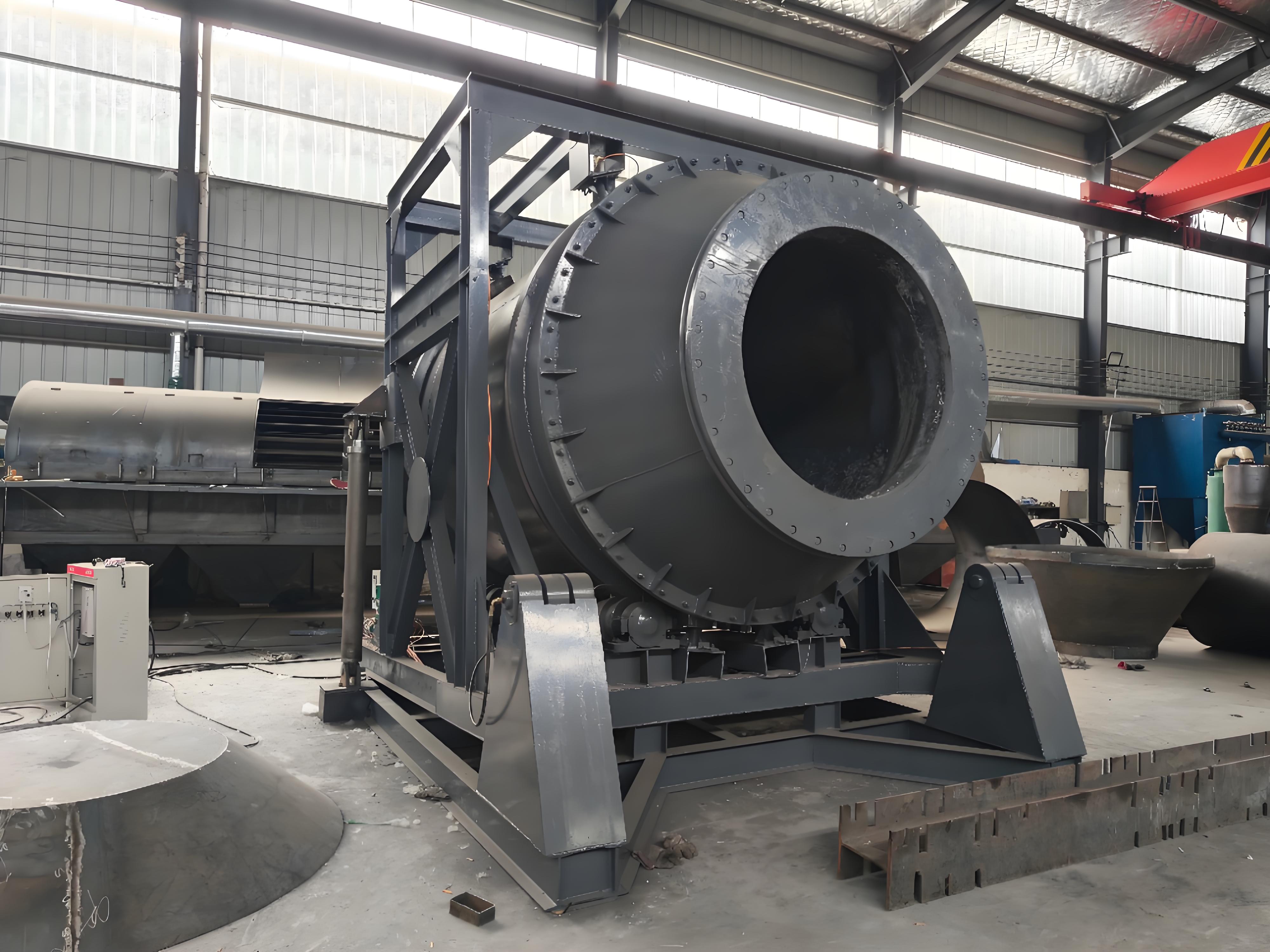NEWS&EVENTS
Home > News&Events > Company news > The multiple key roles of flux in the rotary furnace tin smelting process
In the rotary furnace tin smelting process, the use of flux, especially limestone (CaCO₃), goes far beyond its traditional slag-forming function. It plays an irreplaceable role in desulfurization, regulating slag properties, and protecting the furnace, significantly improving smelting efficiency and metal recovery.

First, limestone plays a crucial role in desulfurization. At high temperatures, limestone decomposes to produce calcium oxide (CaO), which reacts with sulfides (such as FeS₂) in tin concentrate to form stable calcium sulfide (CaS), which enters the slag. This process not only effectively reduces sulfur dioxide (SO₂) emissions and environmental pollution, but also inhibits tin volatilization losses in the form of sulfides, thereby improving direct metal recovery.
Second, flux is crucial for regulating the basicity of the slag. By adjusting the ratio of CaO to SiO₂, the melting point, viscosity, and density of the slag can be modified. Slag with higher basicity has better fluidity and a lower melting point, which facilitates the aggregation and settling of tin droplets, resulting in more efficient slag-tin separation. As a result, the residual tin content in the slag is significantly reduced, and the economic efficiency of smelting is improved.
Limestone also plays a role in maintaining the life of the furnace lining. The appropriate amount of CaO reacts with the magnesium oxide (MgO) in the lining material to form a high-melting-point calcium-magnesium compound, enhancing the lining's corrosion resistance and high-temperature resistance. This extends the rotary kiln's lifespan and reduces maintenance costs and production interruptions.
In summary, flux not only promotes slag formation during rotary furnace tin smelting but also performs multiple functions in desulfurization, optimizing slag properties, and protecting the furnace. Its scientific application is crucial for achieving green, efficient, and sustainable tin smelting production.